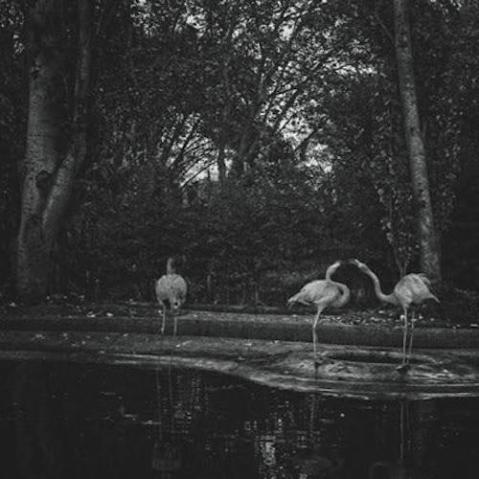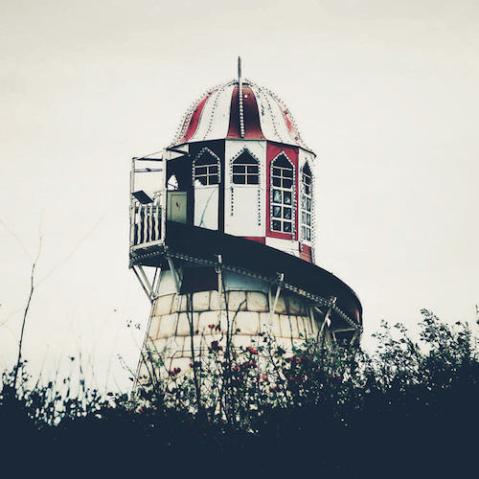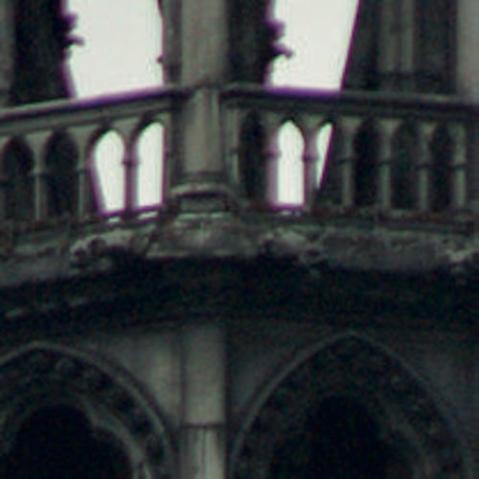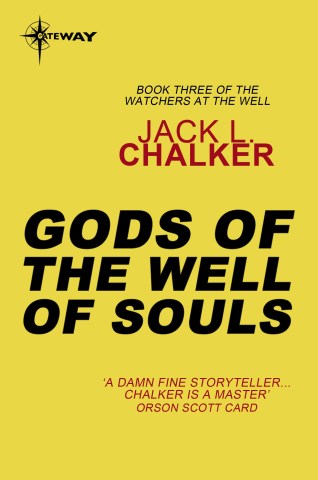Capturing the moon rise
The moon has inspired poets and painters for centuries, but there’s no reason why photographers shouldn’t get in on the act too. However, why stop at shooting just one moon? With a dash of photography magic you can create a striking image of multiple moons rising across the sky, in just one shot.

The effect is achieved by locking the shutter of your camera open and then regularly covering and uncovering the lens with an opaque cloth until the sequence is complete. The length of time between each exposure will depend on how much space you want between each moon in your image. As a guide, the moon moves a distance equal to its own diameter approximately every two minutes, so if you want the distance between each moon to be equal to its diameter you’ll need to make an exposure every four minutes. Using a timer of some sort will help you maintain a consistent distance between each exposure.
The focal length of your lens is an equally important consideration as it will determine how many images of the moon you’ll be able to fit across your image, and their size: the longer the focal length, the fewer moons you’ll be able to fit in, but the bigger they will be in the image. With a 300mm lens on a full-frame camera (200mm on a camera with a cropped-sensor camera) you should be able to fit approximately eight moons diagonally with an exposure made every four minutes. A wider focal length lens will mean that the moon will be smaller in the image, but you will fit more of them in, so you’ll need to make a greater number of exposures (or allow a longer length of time between each exposure) to create a sequence that stretches across the frame.
Step-by-step
1. Pick a night when the moon is set to rise after sunset. There are numerous moonrise calculation apps available for smartphones that will help you determine which night to choose, as well as telling you the direction the moon will rise.
2. Mount your camera on a tripod, switch to manual focus, and set the focus to infinity.
3. Set your camera to Bulb mode, the aperture to ƒ/8, and the ISO to 100. Position the moon in the bottom left corner of the frame and cover the front of the lens with an opaque cloth that can be easily and quickly lifted and dropped back in position again.
4. Open the shutter and lock it open using a remote release. Briefly lift the cloth to make your first exposure. How long your exposure needs to be will vary depending on atmospheric conditions, the phase of the moon, and how close it is to the horizon. A full moon is far brighter than a crescent moon, so requires a shorter exposure: 1/15 second compared to 1/4 second or even 1/2 second, for example. If possible, experiment to determine the correct exposure before starting your moonrise sequence.
5. After your predetermined gap between exposures (four minutes, say) make another exposure. Continue covering and uncovering the lens until you’re satisfied that your sequence is complete and then release the shutter on your camera.
Notes on capturing moonrises
- As you will be shooting in relatively cool temperatures, outdoors at night (and using long exposure times), a freshly charged battery is recommended as well as appropriate clothing.
- The closer the moon is to the horizon, the dimmer and redder it will become. It will also be affected more by the atmosphere and appear less sharp.
- Shooting with an aperture smaller than ƒ/8 will increase your individual exposure times, making it easier to time your shots correctly. However, you will need to be careful that the moon doesn’t become blurred due to movement.
- Thin, high-altitude cloud can create interesting effects as it passes in front of the moon.
Creative Photography: 52 More Weekend Projects is Chris Gatcum’s sequel to his highly successful Creative Digital Photography: 52 Weekend Projects. From digital post-processing to experimental darkroom techniques; from creating your own studio equipment at a fraction of the cost to finding new ways to use old lenses, or even trying your hand at moviemaking – the 52 projects in this book will challenge and inspire you, expand your repertoire of techniques and, ultimately, increase your understanding of photography. You’ll never be stuck in a rut again!
[one_whole boxed=”true”]
 Creative Photography: 52 More Weekend Projects, by Chris Gatcum
Creative Photography: 52 More Weekend Projects, by Chris Gatcum
£7.99 Download the PDF now!
This PDF version retains the styling of the original print book.
RRP for print edition: £14.99
[button color=”Accent-Color” size=”small” url=”https://www.ilexinstant.com/product/creative-photography-52-more-weekend-projects/” text=”Digital Edition”] [button color=”Accent-Color” size=”small” url=”http://www.amazon.co.uk/dp/1908150998/ref=as_sl_pc_tf_lc?tag=ilexpresscom-21&camp=1406&creative=6394&linkCode=as1&creativeASIN=1908150998&adid=0N1BWGWJT0B3D7Y1JGM7&&ref-refURL=http%3A%2F%2Fwww.ilexinstant.com%2Fproduct%2Fcreative-photography-52-more-weekend-projects%2F” text=”Amazon UK (Print)”]
[button color=”Accent-Color” size=”small” url=”Ihttp://www.amazon.com/The-Weekend-Photographer-Creative-Photography/dp/1908150998/ref=as_sl_pc_qf_sp_asin_til?tag=ilexinst-20&linkCode=w00&linkId=&creativeASIN=1908150998″ text=”Amazon USA (Print)”]
[/one_whole]






